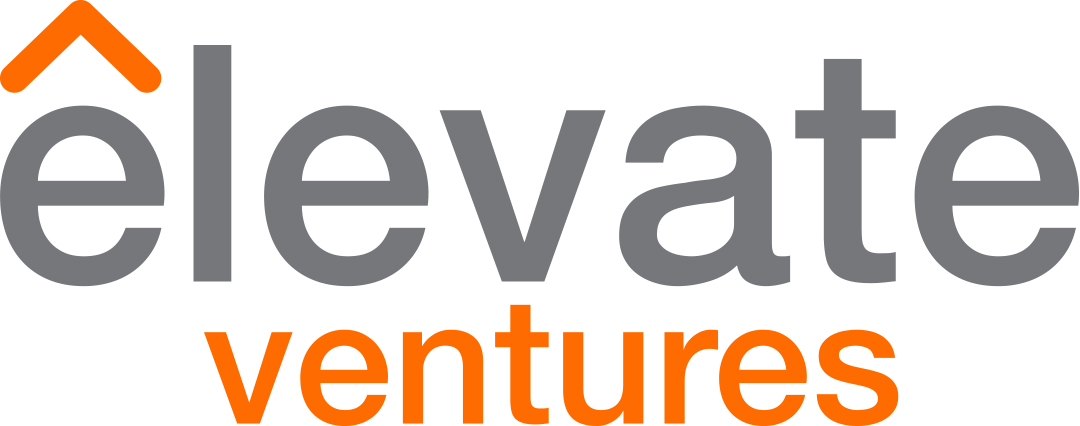June 9, 2016
Every few days, Hannah Vancuren checks how full the kegs are at Crazy Mountain Brewing Company’s Denver tasting room by trying to lift them. If she can’t lift the half-barrel kegs, which are 165 pounds when full, she has enough for the night.
But lift no more. The petite manager of the tap room now can check her smartphone to see exactly how much Hookiebobb IPA remains or whether she needs to get ready a new keg of Creedence Pilsner. With technology installed Thursday by Indiana-based SteadyServ, the tap room sends digital beer updates to the cloud to help her monitor what’s left.
“I’ll get real-time updates about how much beer is in my keg,” Vancuren said. “But on top of that, I’ll get weekly reports to see what beer is really selling all the time, what’s not selling and whether I should lower the price or maybe not tap as many, or if we’re wasting product related to foam or if employees are drinking too much beer.”
Crazy Mountain’s tasting rooms in Denver and Edwards became the first in Colorado to install SteadyServ’s internet-of-things beer system. Other technologies to monitor what’s on tap, create digital menus and use mobile apps for social networking are also on the rise. Denver craft breweries Call to Arms on Tennyson Street and Platt Park Brewing on Pearl Street use rival technology from DigitalPour of Portland, Ore.
But for Crazy Mountain, SteadyServ called to them. In London. At a beer festival where the two companies had booths next to each other.
“The value we see is it saves beer from being lost,” said Kevin Selvy, Crazy Mountain’s CEO and brewmaster who founded the brewery in 2010. “But more important for us, it’s the implications it has for social media.”
SteadyServ’s system integrates with social media so customers can see what’s freshly on tap — and what’s about to run out, so get in quick!
“If we’re releasing our crispness or a seasonal, we’ll put out a Facebook post. But weekly, no. We don’t do anything,” Selvy said. “And it upsets our customers because it’s gone by the time they get here.”
Of course, reducing beer waste is a big issue. Selvy estimates waste at 10 percent to 15 percent of every keg because of improper pouring, beer down the drain, or employees who think a keg is empty but it’s not. If the technology can turn wasted beer into sales, Selvy estimated that’s $10,000 a month more in revenues for Crazy Mountain’s three retail locations.
“Once you look at the savings that it will realize for you, it pencils out extremely quickly,” he said.
SteadyServ’s technology uses electronic tags to identify the types of beer and puts a special smart scale under each keg. The scale communicates over a cellular connection to help bars, restaurants and brewers monitor beer flow and make faster decisions, like putting a draft on special because it’s getting old or adding a “trending” area to promote beers of the hour.
A TV in the bar, a smartphone or other display can turn the data into a digital menu to show customers what’s available and how much is left. And when a keg is empty, it is automatically removed from the digital menu so it can’t be ordered.
“A retailer’s job is to figure out what exactly to put on the shelf at the right price and at the right time so the consumer doesn’t see empty shelves,” said Steve Hershberger, SteadyServ’s co-founder. “Those are the things we help them with. Draft beer drives almost twice the margin as anything else they carry. Getting it right is really needed.”
It has taken a few years for SteadyServ, which started in 2012, to get to this point. Last year, its technology was in two states. Today, it’s in nearly two dozen states and five countries.
“The beer industry mastered the broken system,” Hershberger said. “It’s only when they see a new disruptive way of doing things that removes pain and simplifies their life will they change.”
DigitalPour offers a similar monitoring system but uses a “loss formula” to determine how much beer is in a keg. Every time a pint is sold, DigitalPour’s system subtracts the predetermined size from the keg plus the loss-formula results. It integrates with the restaurant’s point-of-sale system. When customers use it correctly, it’s 90 percent to 95 percent accurate, estimates co-founder Lisa Marcus.
“We just released a mobile app so beer drinkers can find what’s on tap with our system and see what’s on tap for each store,” Marcus said. “We also released a brewer app that shows brewers how their beer is doing at different locations.”
Technology is being adopted by all aspects of the beer industry, said Julia Herz, craft beer program director for the Brewers Association. Oskar Blues Brewery in Longmont is credited with popularizing technology to help small brewers can their beer. Many use social media to promote specials or apps like Untappd. And tools that help monitor kegs have gained momentum, including TapHunter and KegBot.
“There’s nothing more frustrating to a beer lover than to go into an establishment, pick what you want, wait 10 minutes before the server returns and says they don’t have it,” Herz said. “Inventory of-the-moment awareness is because of the technology that these bars are investing in.”
But “many beer providers could be doing it just as efficiently without technology, like Mountain Sun,” she said of the Boulder brewery. “They are the antithesis of technology. You can’t even use a credit card there.”

Andy Troxel, SteadyServ Technologies, fixes RFID tags to keg lines at the Crazy Mountain Brewery June 09, 2016. The tags are part of the SteadyServ’s Internet of Things keg system that can help bars keep track of which brews are most popular and when to properly change kegs etc.


